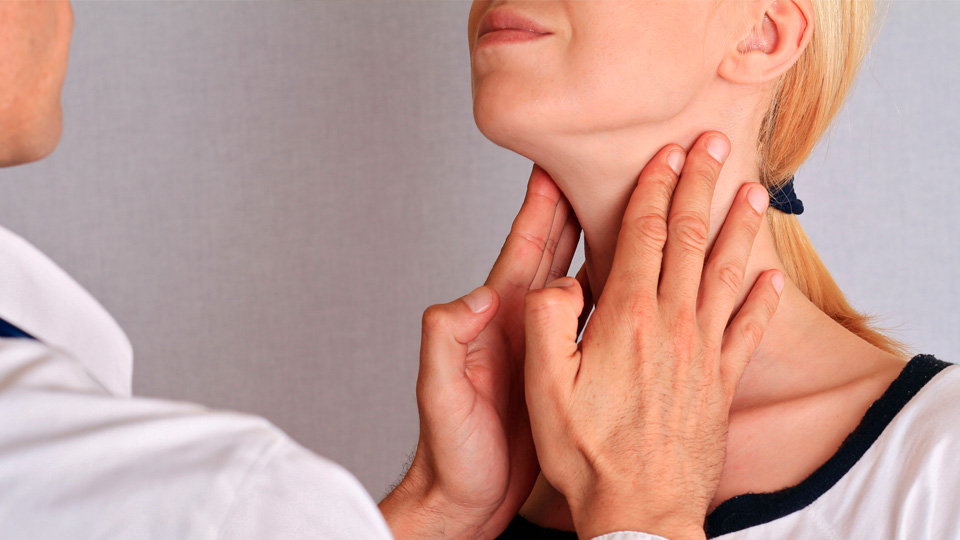Key aspects of visual development in childhood
13/11/2025

08/08/2022
The thyroid gland is located in the neck and produces hormones that regulate our metabolism. This gland may present diseases that affect how it works, producing too much (hyperthyroidism or Graves-Basedow disease) or too little (hypothyroidism) hormonal secretion because of an autoimmune mechanism in which the body's normal immune response, which should combat infections, reacts against its own tissues causing the damage. The impact on the eye associated with these thyroid diseases is called thyroid-associated ophthalmology or Graves orbitopathy and can appear even when hormone tests come back normal.
Thyroid-associated ophthalmopathy varies in severity and can affect one or both eyes. The symptoms can affect the eyelids, which retract causing a “frightened” look, and present redness, swelling (oedema) or thickening due to tissue infiltration. If the eyelids do not close properly, the cornea (the eye’s transparent window) can become dry and lead to ulceration. The eyeballs may show increased tears, sensitivity to light, pain, oedema, redness or increased blood vessels.
The most serious cases are those in which the structures of the orbit around the eye are affected. They can lead to an increase in fatty tissue behind the eyeball, which can cause the eye to protrude (exophthalmos) with the risk of losing your eyesight since it damages the optic nerve. It can also lead to inflamed ocular muscles causing double vision.
When these symptoms appear, the thyroid function must be checked and treated appropriately if the results come back abnormal. Stopping smoking reduces the risk of developing serious ophthalmopathy and also reduces the chance of a new episode in the future.
Treatment
Graves orbitopathy management is complex and must be approached by both an ophthalmologist and an endocrinologist in a coordinated and bespoke way. It is provided in two phases. The first involves treatment for the active eye disease until it stabilises. Diverse treatments are available which always include eye protection and lubrication. In more serious cases, treatment using selenium, preferably intravenous corticosteroids or immunosuppressants will be indicated. Recently, biologic drugs based on monoclonal antibodies for resistant cases have been incorporated into treatment. Prisms can be added to help control double vision. The second phase involves surgical correction for any unacceptable permanent change that persists once the active phase has passed, be it orbital decompression to reduce exophthalmos, strabismus surgery for double vision or eyelid abnormality correction (blepharoplasty).
Simultaneously, the hormonal condition must be addressed with medical treatment administered for a few months or permanently by removing the thyroid glands. Radioactive iodine administration is not recommended when the eyes are affected. In cases of hypothyroidism, a substitute treatment should be used.
Thyroid orbitopathy is a disease that affects the quality of life of the person suffering from it. Therefore, it must be approached in a protocolised and multidisciplinary way, permanently comforting and helping the patient in a process that can be extended over time and that requires patience and involvement, but in many cases a significant improvement is achievement.